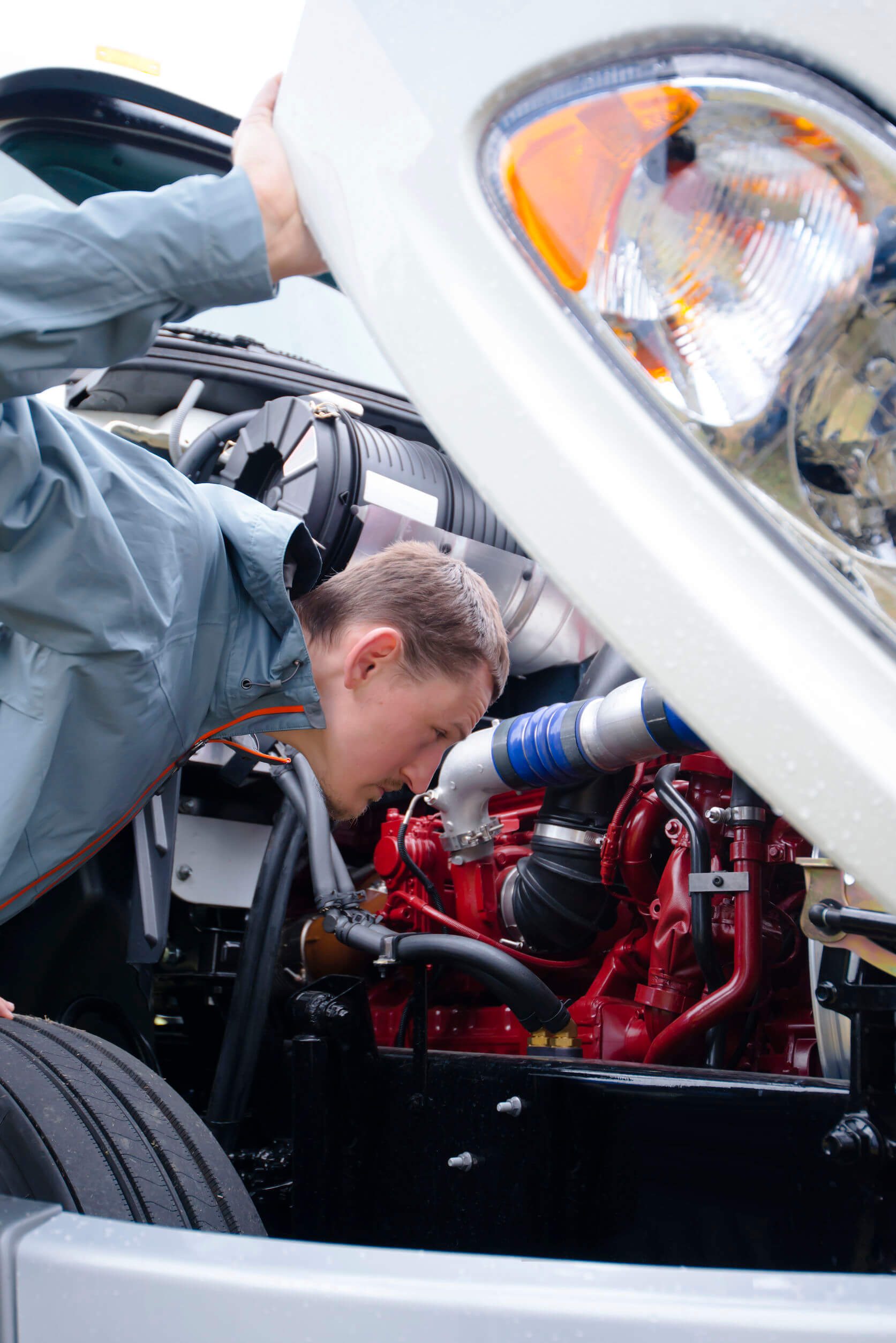Regardless of how long you’ve been driving, you probably never look forward to an FMCSA roadside inspection. Most drivers would prefer to maximize their time on the road so that they can maximize time with friends and family. Since inspections are time-consuming, drivers are left with less time behind the wheel or simply longer days. However, inspections are also incredibly important for regulating safety conditions for all drivers on the road. There are seven different levels of FMCSA roadside inspection. Of course, hopefully, you would pass any type of inspection, but it is important to understand the differences between them. Before you head back out on the road, take a moment to familiarize (or re-familiarize) yourself with these types of inspections.
Seven FMCSA Roadside Inspection Types

Level One FMCSA Roadside Inspection
A level one inspection is what most people would call a full inspection. This involves examining both the vehicle and the driver’s credentials. Given the volume of information gathered, these are usually the most time-consuming. There are 37 steps to a level one inspection. These steps include checking brake systems, lights, securement of cargo, and the commercial driver’s Skill Performance Evaluation (SPE) certificate among others. These inspections may take time. However, proper truck maintenance and staying on top of driving requirements means there is nothing to worry about.
Level Two FMCSA Roadside Inspection
If you are selected for a level two inspection, you can inspect a less invasive process. They are also the most common, with more than 1.2 million occurring in 2017 across the United States. These inspections are referred to as walk-arounds which are fairly descriptive of what actually happens. Leve two inspections are similar to level one inspections except vehicle evaluation is less involved. Of course, the inspectors will still be vigilant for any apparent problems, but a level two inspection does not require them to check anything under your truck. Again, assuming that you keep all of your driver credentials up to date and easily accessible, these inspections are nothing to worry about.
Level Three FMCSA Roadside Inspection
Sticking with the same theme from above, keeping driver credentials available and current will ensure that any level three inspection is seamless. FMCSA calls level three inspections driver-only and these are the second most common type. Ultimately, you will be expected to present your commercial driver’s license, medical examiner’s certificate, SPE certificate, record of duty status (RODS), hours of service, seatbelt usage, and vehicle inspection reports. This said a level three inspection does not include the vehicle so it can actually be relatively quick.
Level Four FMCSA Roadside Inspection
The level four special study inspection is fairly uncommon but often provides valuable insight into industry issues. These inspections are difficult to specifically prepare for because they can examine almost anything related to the vehicle or your credentials. Usually, these inspections are meant to test a specific trend that has been observed within the industry. The good news, level four inspections are also often quick since they only involve one or two observations. Ultimately, as long as you are polite and compliant with the inspection officer, these are nothing to worry about.
Level Five FMCSA Roadside Inspection
Unlike the level three driver-only check, a level five inspection is vehicle-only. Though also important, vehicle-only inspections are much less common than driver-only. The level five inspection will include all of the same checks as a level one inspection except for those only relevant to the driver. They can be administered at any time regardless of whether or not the vehicle’s driver is present. Maintain your truck properly and these inspections will also not be a problem.
Level Six FMCSA Roadside Inspection
Unless you haul radioactive materials, you’ll never need a level six inspection. If you do haul radioactive materials, these inspections are simply to ensure that you follow proper safety protocol. Assuming that you do, this type of inspection will be very routine and not problematic. Given the fact that most commercial vehicles are not hauling radioactive material, there were less than 500 reported level six checks in 2017.
Level Seven FMCSA Roadside Inspection
Similar to the level six inspection, level seven inspections are only for those carrying a specific type of cargo. Small passenger vehicles such as school buses, shared-ride transportation, intrastate/intra-provincial operations, and hotel courtesy shuttles can all be subject to this inspection type. If you do not drive a vehicle that transports people, you’ll never have to experience one of these inspections.
For most driver’s, inspections are frustrating. Hopefully, this has helped to clear up any questions regarding the types of inspections that you could encounter. If you have further questions regarding roadside inspections or anything transportation industry related, comment below or visit AllTruckJobs.com for more information!
